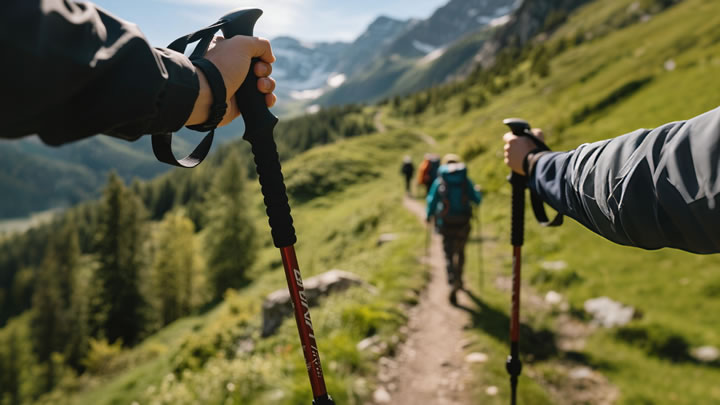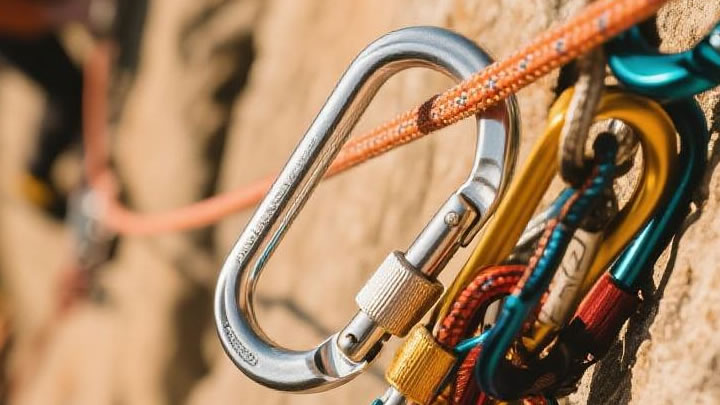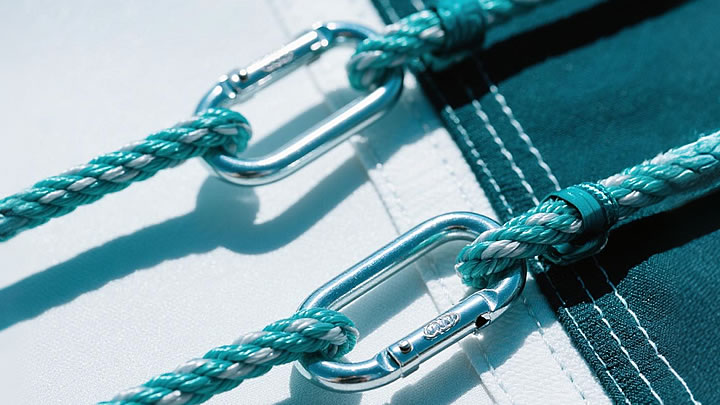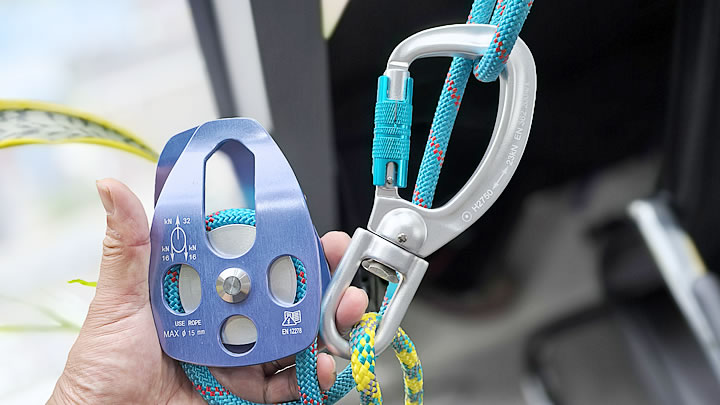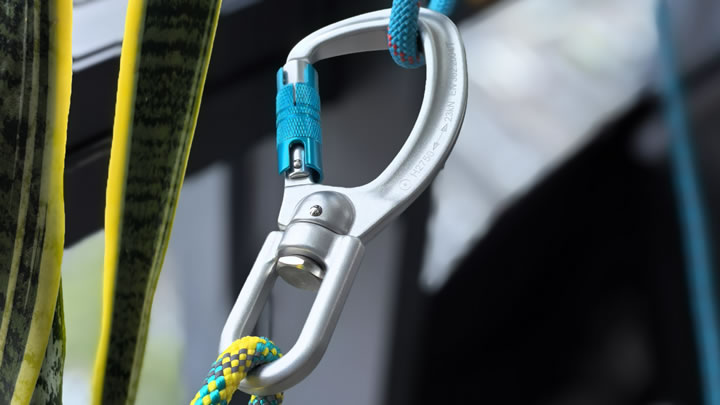Best camping stoves for cold weather?
When the temperature drops and the winter chill sets in, camping enthusiasts know that a reliable camping stove is not just a luxury but a necessity. Cooking hot meals and brewing warm beverages become essential for both comfort and survival in cold - weather conditions. But what makes a camping stove the best choice for these challenging environments? Let’s delve into the key features, types, and top recommendations for camping stoves that can stand up to the cold.

Key Features to Look for in Cold - Weather Camping Stoves
1. Fuel Efficiency and Adaptability
In cold weather, fuel performance can be severely impacted. Liquid fuel stoves often shine in these conditions as they are less affected by low temperatures compared to gas canister stoves. Liquid fuels like white gas, kerosene, or gasoline maintain their fluidity and can be vaporized effectively even in sub - zero temperatures. Some high - end liquid fuel stoves also come with multiple fuel compatibility, allowing campers to use different types of fuels depending on availability, which is a significant advantage in remote cold - weather camping locations.
Gas canister stoves, on the other hand, can face issues as the cold reduces the pressure inside the canister, leading to poor burner performance. However, some modern gas stoves are designed with features to mitigate this. For example, stoves with inverted canister systems can draw liquid fuel from the canister, which is then vaporized in a pre - heating tube, ensuring a consistent flame even in cold conditions.
2. Heat Output and Performance
A high - heat output is crucial for quickly boiling water, cooking food, and generating warmth in cold weather. Stoves with powerful burners that can reach high temperatures rapidly are preferred. Look for stoves with BTU (British Thermal Unit) ratings of at least 10,000 or more for efficient cold - weather cooking. Additionally, stoves with adjustable flame control are essential, as they allow you to fine - tune the heat according to your cooking needs, whether it’s a slow simmer or a rapid boil.
3. Wind Resistance
Cold weather often comes with strong winds, which can easily extinguish a stove’s flame or reduce its efficiency. Camping stoves with built - in windshields or those that are designed to be used with separate windshields are a must. Some stoves have a compact design that naturally shields the flame from the wind, while others come with attachable metal or heat - resistant plastic windshields. A wind - resistant stove ensures that your cooking time is not extended due to wind - related issues and that you can conserve fuel.
4. Durability and Build Quality
In cold - weather camping, stoves are exposed to harsh conditions, including freezing temperatures, moisture, and rough handling. A stove made from durable materials such as stainless steel, aluminum alloy, or high - grade plastics can withstand these challenges. Reinforced joints, sturdy legs, and a robust burner assembly are all signs of a well - built stove that will last through multiple cold - weather camping trips.
Types of Camping Stoves Suitable for Cold Weather
1. Liquid Fuel Stoves
Liquid fuel stoves are a popular choice for cold - weather camping. They work by vaporizing liquid fuel and mixing it with air to create a flame. Brands like MSR WhisperLite International and Optimus Nova+ are renowned for their reliability in cold conditions. The MSR WhisperLite International can run on multiple fuels, including white gas, kerosene, and gasoline, and its pressure - regulating system ensures consistent performance even in extremely cold temperatures. The Optimus Nova+ also offers excellent fuel versatility and has a pre - heating mechanism that helps it start easily in the cold.
2. Inverted Gas Canister Stoves
As mentioned earlier, inverted gas canister stoves are designed to overcome the limitations of traditional gas stoves in cold weather. The Jetboil Flash Cooking System is a prime example. It uses an inverted canister design along with a powerful burner to provide quick and efficient cooking. The integrated cooking cup and insulation also help retain heat, making it ideal for preparing hot meals and beverages in cold environments. Another great option is the Snow Peak GigaPower XG - 300T, which features a unique regulator that stabilizes gas flow in low temperatures and a compact, lightweight design.
3. Multi - Fuel Stoves
Multi - fuel stoves combine the benefits of liquid fuel and gas compatibility. These stoves offer the flexibility to use different fuels based on availability and personal preference. The Primus OmniFuel Stove is a top - rated multi - fuel stove. It can run on white gas, gasoline, kerosene, and even propane/butane gas canisters. Its advanced burner design and efficient fuel consumption make it a reliable choice for cold - weather camping in various locations.
Top Recommendations for Cold - Weather Camping Stoves
- MSR WhisperLite Universal
- This stove is highly regarded for its ability to run on a wide range of fuels, including white gas, kerosene, and gasoline. It has a simple yet robust design, with a pressure - regulating system that ensures consistent performance in cold weather. The WhisperLite Universal also comes with a convenient fuel pump and is relatively easy to maintain, making it a favorite among experienced campers.
- Jetboil Genus Basecamp
- Ideal for group camping in cold weather, the Jetboil Genus Basecamp offers high - output cooking capabilities. It features a large cooking surface, adjustable flame control, and a wind - resistant design. The stove can be used with both Jetboil’s proprietary fuel canisters and other compatible gas canisters, providing flexibility. Its rapid - boil technology allows you to quickly prepare meals and hot drinks for the whole group.
- Snow Peak GigaPower XG - 300T
- With its innovative temperature - compensating regulator, the Snow Peak GigaPower XG - 300T maintains a stable flame in cold conditions. It has a compact and lightweight design, making it easy to carry on camping trips. The stove also features a large simmer control knob for precise heat adjustment, and its foldable legs provide stability on various surfaces.
- Tips for Using Camping Stoves in Cold Weather
- Pre - heat the Stove: For liquid fuel stoves, pre - heating the burner can help vaporize the fuel more effectively in cold temperatures. Follow the manufacturer’s instructions for proper pre - heating procedures.
- Keep Fuel Warm: If possible, keep your fuel canisters or bottles close to your body (such as in an inside pocket) or in a warm place like your tent to maintain their temperature and pressure.
- Use a Windshield: Even if your stove has some wind resistance, using an additional windshield can further improve its performance in windy and cold conditions.
- Regular Maintenance: Cold weather can be tough on camping stoves, so make sure to clean and maintain your stove regularly. Check for any signs of wear and tear, and replace parts as needed to ensure optimal performance.
- In conclusion, choosing the best camping stove for cold weather requires careful consideration of fuel efficiency, heat output, wind resistance, and durability. Whether you opt for a liquid fuel stove, an inverted gas canister stove, or a multi - fuel stove, there are numerous excellent options available on the market. By investing in a high - quality cold - weather camping stove and following the proper usage and maintenance tips, you can enjoy delicious hot meals and a comfortable camping experience even in the most frigid conditions.

